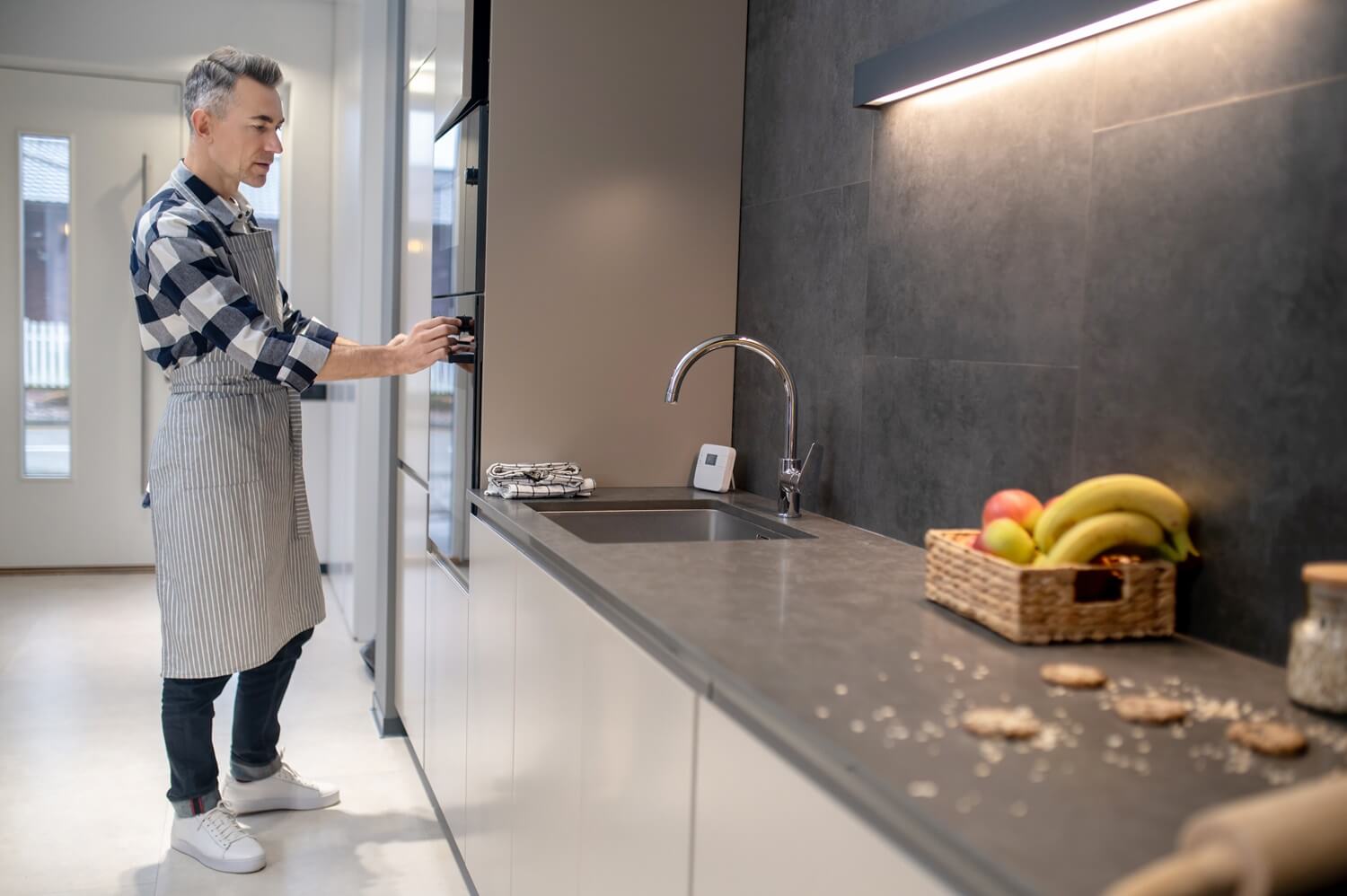Marble is a timeless and elegant material that adds a touch of luxury to any space. However, maintaining its pristine appearance requires some care and attention. This comprehensive guide will provide you with essential tips and practices to keep your marble floors and countertops looking as beautiful as the day they were installed.
Understanding Marble
What is Marble? Marble is a natural stone formed from limestone subjected to heat and pressure. This process creates its distinctive veining and variety of colors. While marble is prized for its beauty, it is also porous and prone to staining and scratching, necessitating proper maintenance.
Characteristics of Marble
- Porosity: Marble is a porous material, meaning it can absorb liquids and stains if not sealed properly.
- Softness: Compared to other stones like granite, marble is relatively soft, making it susceptible to scratches and etching.
- Unique Veining: Each piece of marble is unique, with its own veining patterns and colors, adding to its aesthetic appeal.
Daily Maintenance
Regular Cleaning To keep your marble surfaces looking their best, regular cleaning is essential. Here are some tips for daily maintenance:
- Use a Soft Cloth: Clean your marble surfaces with a soft, damp cloth to remove dust and dirt. Avoid using abrasive sponges or scrubbers that can scratch the surface.
- Mild Detergents: Use a pH-neutral or mild detergent specifically designed for marble. Harsh chemicals can damage the stone’s finish.
- Wipe Spills Immediately: Marble is prone to staining, especially from acidic substances like wine, coffee, and citrus juices. Wipe up spills immediately to prevent them from penetrating the surface.
Avoid Common Mistakes To protect your marble, avoid the following:
- Abrasive Cleaners: Steer clear of abrasive cleaners, scouring pads, and vinegar, which can scratch and dull the marble.
- Acidic Substances: Avoid using lemon juice, vinegar, or any acidic cleaners, as they can cause etching on the marble surface.
- Heavy Items: Do not drag heavy furniture or objects across marble floors, as this can lead to scratches and chips.
Deep Cleaning
Periodic Deep Cleaning Even with regular maintenance, marble surfaces benefit from periodic deep cleaning to remove built-up dirt and grime.
- Dust Mop or Vacuum: Use a dust mop or a vacuum with a soft brush attachment to remove loose dirt and debris from your marble floors.
- Gentle Scrubbing: For tougher stains, mix a small amount of mild detergent with water and gently scrub the area with a soft brush. Rinse thoroughly with clean water and dry with a soft cloth.
- Specialized Marble Cleaners: Consider using specialized marble cleaners available in the market. These products are formulated to clean marble without causing damage.
Dealing with Stains Marble can be susceptible to various types of stains, including oil, organic, and ink stains.
- Oil Stains: Use a mixture of baking soda and water to create a poultice. Apply it to the stain, cover with plastic wrap, and leave it for 24 hours. Wipe off the residue and rinse with water.
- Organic Stains: Use a mixture of hydrogen peroxide and a few drops of ammonia to remove organic stains. Apply the solution to the stain, let it sit for 24 hours, and then rinse with water.
- Ink Stains: Use a cotton ball soaked in acetone or rubbing alcohol to gently blot the ink stain. Rinse with water and dry with a soft cloth.
Sealing and Polishing
Sealing Marble Sealing your marble surfaces helps protect them from stains and etching. Here’s how to do it:
- Choose the Right Sealer: Select a high-quality marble sealer appropriate for your specific type of marble.
- Clean the Surface: Thoroughly clean the marble surface before applying the sealer to ensure there is no dirt or residue.
- Apply the Sealer: Follow the manufacturer’s instructions to apply the sealer evenly across the surface. Allow it to penetrate for the recommended time, then wipe off any excess.
Polishing Marble Polishing marble restores its shine and enhances its natural beauty.
- Use a Marble Polishing Powder: Purchase a marble polishing powder and follow the instructions for use. Typically, you’ll sprinkle the powder on the surface and buff it with a soft, damp cloth or a polishing pad.
- Professional Polishing: For extensive polishing needs or severe dullness, consider hiring a professional marble restoration service.
Preventative Measures
Protective Measures Implementing preventative measures can help maintain your marble surfaces for the long term.
- Use Coasters and Trivets: Place coasters under glasses and trivets under hot dishes to prevent stains and heat damage.
- Rugs and Mats: Use rugs and mats in high-traffic areas to protect marble floors from dirt and scratches.
- Furniture Pads: Place felt pads under furniture legs to prevent scratching and chipping.
Regular Inspections Regularly inspect your marble surfaces for signs of damage, such as scratches, chips, or dull spots. Address any issues promptly to prevent further damage.




